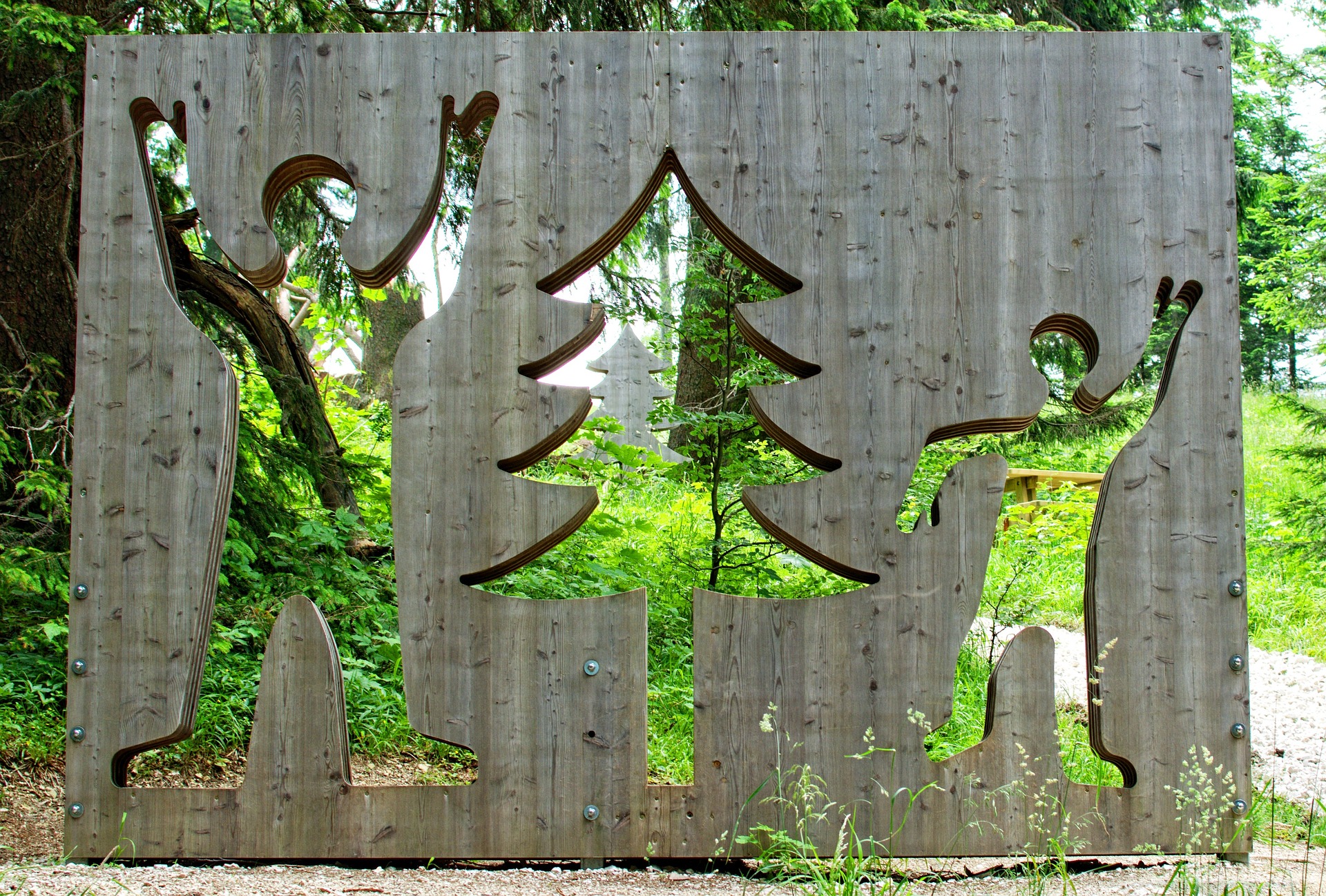Designing Accessible Outdoor Seating: Comfort and Safety Considerations
Accessible outdoor seating enhances comfort, safety, and inclusion in parks and gardens. Thoughtful material choices, correct installation, and regular maintenance help seating meet diverse user needs while integrating with landscaping and sustainability goals.

Accessible outdoor seating should balance comfort, safety, and durability while fitting the character of parks, gardens, and other public spaces. Design decisions influence how people of all ages and abilities use seating—from parents with strollers to older adults and people with mobility aids. Consider seat heights, armrests, back support, and clear approach zones early in site planning to ensure seating contributes to an inclusive and welcoming landscape experience.
Outdoor seating and accessibility
When planning outdoor seating, prioritize clear circulation routes, level surfaces, and adequate space for mobility devices. Accessible seating areas require a firm, slip-resistant ground plane and a minimum clear approach of at least 36 inches, with larger turning areas where benches are adjacent to pathways. Armrests and backs support transfers and posture; contrasting finishes help users with visual impairments identify edges. Design seating clusters to provide options—single seats, benches with dividers, and integrated wheelchair spaces—to address diverse comfort and social needs.
Materials: wood, metal, composite choices
Material selection affects comfort, longevity, and maintenance. Wood offers a warm, natural feel but may require sealing and more frequent upkeep in wet climates. Metal provides strength and vandal resistance but can become hot or cold to the touch; perforated or slatted designs improve airflow and drainage. Composite materials combine recyclability and low maintenance, resisting rot and corrosion. Choose materials based on climate, expected use, and the desired finish, and ensure they meet local durability standards and accessibility recommendations.
Durability and finishes for safety
Durability ties directly to user safety and life-cycle cost. Protective finishes reduce splintering, corrosion, and surface degradation; UV-stable coatings and non-slip textures improve long-term usability. Consider powder-coated metals, marine-grade stainless fastenings, and sealed or naturally rot-resistant woods for longer service life. Finishes should also support visual contrast for people with low vision—darker seats against lighter paving, or vice versa—while avoiding glare-causing glossy surfaces that can diminish comfort and readability of edges.
Installation and maintenance practices
Correct installation secures benches against tipping and vandalism while enabling predictable maintenance. Anchoring options include in-ground footings, surface mounts, and removable bases for seasonal storage; choose methods that preserve accessibility and drainage. Establish a maintenance schedule to inspect fasteners, finish integrity, and surface hazards like splinters or sharp edges. Routine cleaning and timely repairs extend usable life and ensure seating remains safe for all users; specify replacement parts and maintenance responsibilities during procurement to streamline long-term care.
Landscaping, ergonomics, and site integration
Integrate seating with landscape design to encourage use and shade, while avoiding obstructions to approach paths. Position benches near pathways, play areas, or viewpoints, and provide shading strategies—trees or shade structures—to improve thermal comfort. Ergonomics matters: seat depth, height (typically 16–19 inches for many public benches), and back angle influence comfort for different body sizes. Consider sightlines, pedestrian flow, and nearby features like lighting, trash receptacles, and signage to create cohesive, accessible spaces.
Procurement and safety considerations
When procuring outdoor seating, specify accessibility criteria, material standards, warranty terms, and maintenance plans in contracts. Solicit items that meet applicable local accessibility codes and durability benchmarks, and request samples or references to verify finishes and wear performance. Coordinate with local services or suppliers in your area to confirm lead times, installation support, and aftercare options. Including clear specifications up front reduces retrofit needs and supports consistent safety outcomes across public installations.
Conclusion
Designing accessible outdoor seating involves aligning material choices, ergonomic details, and installation practices with safety and maintenance plans. Thoughtful selection of wood, metal, or composite options combined with appropriate finishes and landscaping integration enhances comfort for diverse users while supporting long-term durability. Clear procurement specifications and regular upkeep ensure seating remains a reliable, inclusive element of public outdoor spaces.





